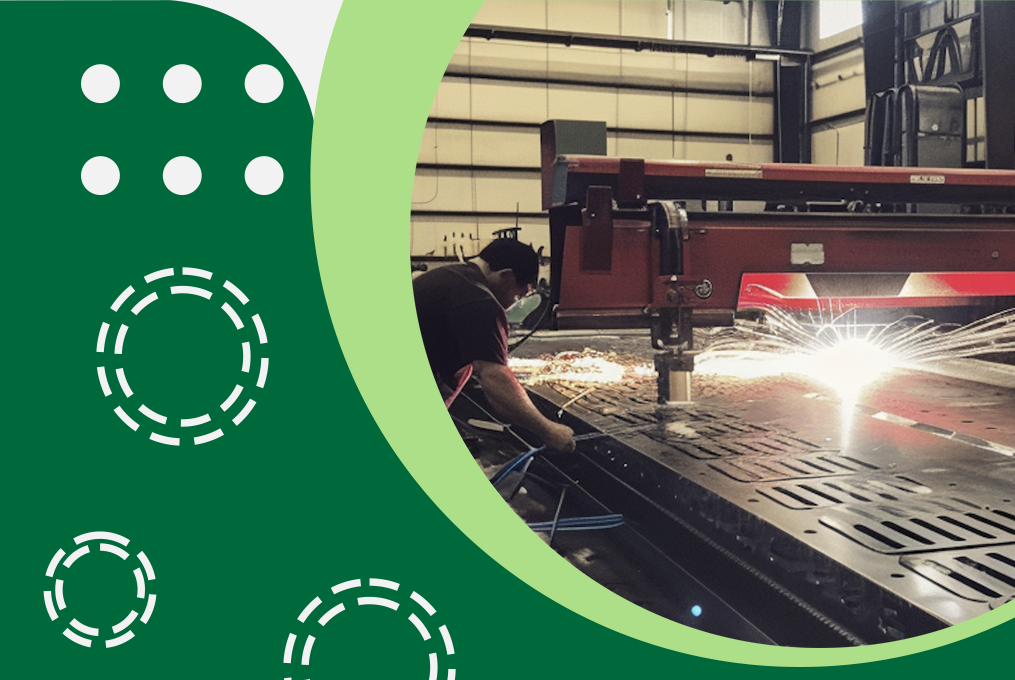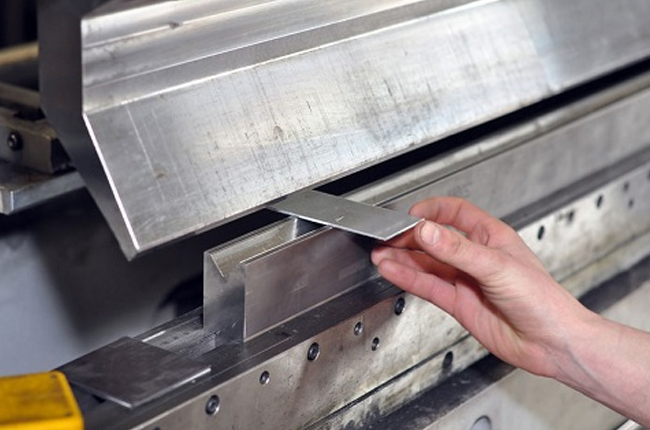Achieving Agility and Control in Manufacturing

In manufacturing, being agile and having control over operations are important. But what do these fancy words mean? Let’s break it down in simple terms. Manufacturing industries must be agile and precise to meet the market's demands. They must balance agility and the ability to adapt quickly to changes with control, ensuring consistency and efficiency in production processes. Achieving this delicate balance is essential for success in the manufacturing sector. This blog will explore how manufacturers can attain agility and control.
Understanding Agility in Manufacturing

Agility in manufacturing refers to the ability to respond swiftly to changes in demand, technology, or market conditions. It involves being flexible and adaptable so production processes can be adjusted rapidly without compromising quality or efficiency. Think of it as changing course quickly when needed, like a skilled driver navigating through traffic.
To achieve agility, manufacturers need to:
Adopt Technology: Implementing advanced technologies such as robotics, automation, and real-time monitoring systems can streamline production processes and enable rapid adjustments when necessary. These technologies improve efficiency and reduce downtime, allowing manufacturers to respond swiftly to changes in demand or supply chain disruptions.
Flexible Production Systems: Adopting flexible manufacturing systems that can easily accommodate changes in product specifications or production volumes is crucial for agility. This may involve modular production lines, versatile machinery, or agile manufacturing cells that can be reconfigured swiftly to produce different products.
Collaborative Supply Chain: Building solid partnerships with suppliers and distributors facilitates smoother coordination and faster response times. Collaborative supply chains enable manufacturers to share information seamlessly, anticipate changes, and adjust production schedules accordingly.
Maintaining Control in Manufacturing

While agility is essential, maintaining control is equally important to ensure consistency, quality, and regulation compliance. Control involves implementing processes, systems, and standards to monitor and manage production effectively. It's like having a steady hand on the steering wheel to maintain stability and direction.
To maintain control, manufacturers should focus on:
Standardization of Processes: Standardizing production processes and implementing quality management systems (QMS) ensures consistency and reliability. Documenting procedures, establishing quality checkpoints, and conducting regular audits help identify deviations and maintain control over the manufacturing process.
Data-driven Decision-making: Using data analytics and real-time monitoring systems provides insights into production performance and identifies areas for improvement. By analyzing key performance indicators (KPIs) and production metrics, manufacturers can make informed decisions to optimize processes and improve control.
Risk Management: Identifying and mitigating risks is crucial for maintaining control in manufacturing. This involves assessing potential risks such as supply chain disruptions, equipment failures, or quality issues and implementing contingency plans to minimize their impact. Proactive risk management ensures resilience and stability in operations.
Striking the Balance

Achieving agility and control in manufacturing requires finding the right balance between flexibility and stability. It's like walking a tightrope, where too much agility can lead to chaos, while too much control can stifle innovation and responsiveness.
Manufacturers can strike this balance by:
Agile Mindset: Cultivating an agile mindset across the organization encourages innovation, collaboration, and continuous improvement. Adopting change as a constant and empowering employees to adapt and innovate boosts agility while maintaining control over core processes.
Adaptive Leadership: Effective leadership plays a crucial role in driving agility and control in manufacturing. Leaders should encourage experimentation, empower teams to make decisions autonomously and provide support and guidance to navigate uncertainties. Adaptive leadership boosts agility while ensuring alignment with strategic goals and objectives.
Continuous Learning and Improvement: Adopting a continuous learning and improvement culture enables manufacturers to stay ahead of the curve. Encouraging feedback, boosting cross-functional collaboration, and investing in employee development improve agility and control by boosting adaptability and innovation.
Wrapping Up!
Achieving agility and control in manufacturing is essential for success in today's dynamic marketplace. By adopting technology, boosting collaboration, standardizing processes, and boosting an agile mindset, manufacturers can navigate uncertainties, respond swiftly to changes, and maintain control over their operations.
Striking the right balance between agility and control is critical to driving innovation, efficiency, and competitiveness in the manufacturing sector.